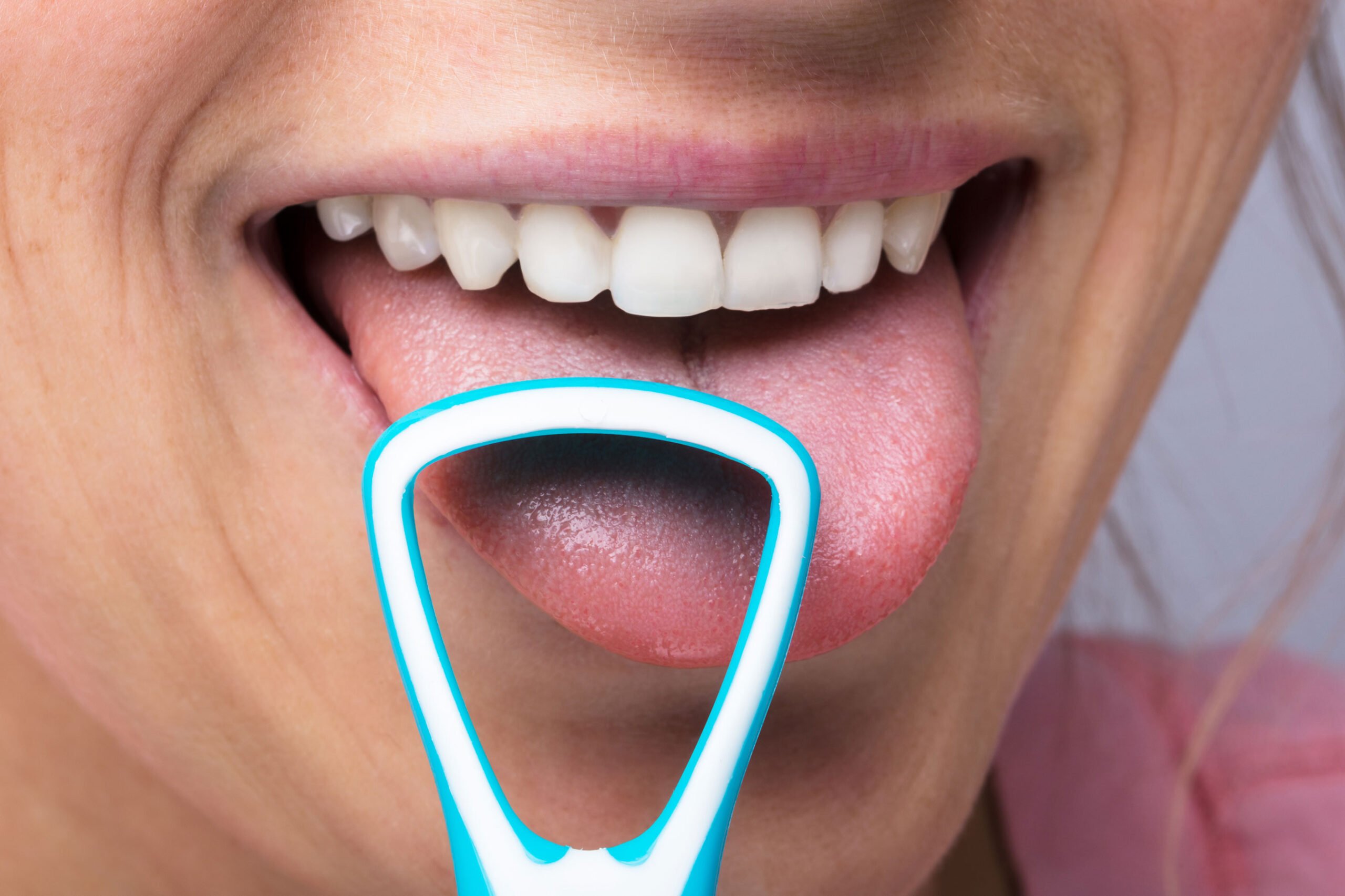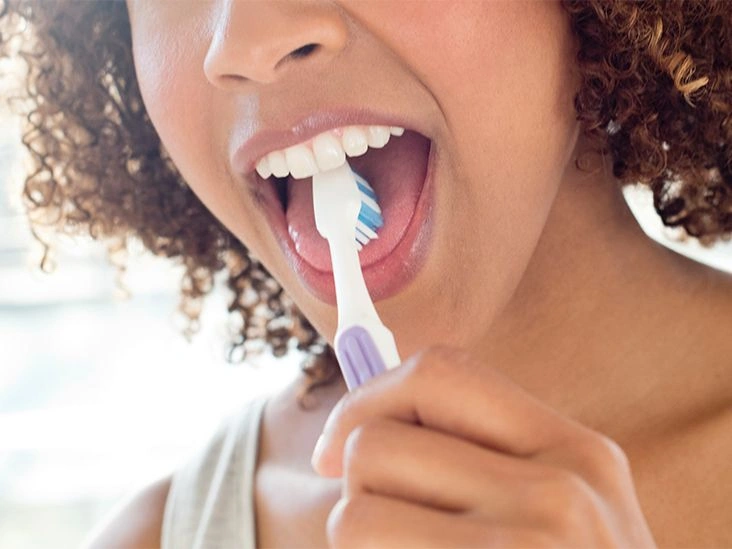Scrubbing your tongue can help maintain fresh breath and lower your risk of cavities. You can use a tongue scraper, a toothbrush, or a mouth rinse to accomplish this.
Tongue cleaning has been part of Eastern hygiene practices for centuries. Research indicates that routinely cleaning the tongue can reduce unwanted oral bacteria that contribute to bad breath, a coated tongue, plaque buildup, and other dental issues.
Some research suggests tongue scrapers are the top tool for the job. That said, toothbrushes and mouthwash are also viable options for tongue hygiene.
Continue reading to discover more about these tongue-cleaning techniques, their advantages, and how to use them correctly.

Tongue scrapers are generally the most effective
Both tongue scrapers and toothbrushes can remove bacteria from the tongue, but most studies indicate that tongue scrapers outperform toothbrushes.
A 2006 review examined two studies on tongue cleaning and halitosis and found that tongue scrapers and cleaners were superior to toothbrushes in lowering the volatile sulfur compounds responsible for mouth odor.
Follow these steps to clean your tongue with a tongue scraper:
- Choose a tongue scraper. These are available in plastic or metal, and may be U- or V-shaped or feature a handle with a rounded scraping edge. Shop online for tongue scrapers.
- Extend your tongue as far as it will go.
- Position the scraper near the back of your tongue.
- Press lightly and draw the scraper forward toward the tip of your tongue while maintaining pressure.
- Rinse the scraper under warm water to remove debris and bacteria, and spit out any excess saliva that accumulates.
- Repeat steps 2–5 several times. Modify the scraper’s placement and the pressure you use to minimize your gag reflex if needed.
- Wash and store the scraper for future use. You can scrape your tongue once or twice daily. If you experience gagging, try scraping before breakfast to reduce the chance of vomiting.
How to clean your tongue with a toothbrush
While a toothbrush may be slightly less effective than a tongue scraper, it can be more convenient — especially if you already brush your teeth twice daily.
Here’s how to clean your tongue with a toothbrush:
- Pick a soft-bristle toothbrush; shop for brushes online.
- Stick your tongue out as far as possible.
- Place the toothbrush at the back of the tongue.
- Gently brush forward and backward across the tongue’s surface.
- Spit out saliva that forms during brushing and rinse the toothbrush with warm water.
- Clean your tongue as often as you brush your teeth.
If your tongue is discolored, you might brush it once daily with a solution of 1 part hydrogen peroxide to 5 parts water. Rinse your mouth with water afterward.
Can mouth rinses clean your tongue?
Mouth rinses — particularly when used alongside brushing — can help cleanse your tongue and other areas of the mouth.
Opt for a therapeutic mouthwash that contains active agents to kill bacteria linked to bad breath and other oral conditions. Such mouthwashes are available over the counter or online.
Your dentist or doctor can also prescribe a mouthwash if appropriate. Follow the product’s directions for optimal oral care.
Benefits of cleaning your tongue
Multiple studies highlight the advantages of cleaning the tongue:
Reduces sulfur compounds that cause bad breath
A 2004 study in the Journal of Periodontology found that using a tongue scraper lowered volatile sulfur compounds that generate bad breath. The scraper removed about 75 percent of these compounds, while a toothbrush removed around 45 percent.
Decreases bacteria on the tongue
A 2014 study in BMC Oral Health reported that tongue cleaning reduced bacterial levels on the tongue, though reductions persisted only with regular cleaning. The study concluded that both toothbrushing and tongue cleaning should be part of a routine oral care regimen.
Promotes a fresher-feeling mouth
The American Dental Association does not explicitly link tongue cleaning to long-term bad-breath reduction, but it does state that cleaning the tongue can contribute to a fresher mouth sensation.
Reduces plaque
A 2013 study on plaque in children published in the International Journal of Clinical Pediatric Dentistry found that regular tongue cleaning, whether via toothbrush or scraper, reduced plaque accumulation.
May affect taste sensation
Cleaning the tongue can alter taste perceptions, notably for sweet and sour sensations such as sucrose and citric acid.
When to see a dentist
If you observe any unusual changes to your tongue, consult a doctor or dentist. Seek professional advice if your tongue:
- appears white or develops white patches (possible causes include oral thrush, leukoplakia, oral lichen planus, or oral cancer)
- looks red or shows red or pink patches (which could be geographic tongue or another condition)
- becomes smooth or glossy
- appears yellow, black, or hairy
- is injured by trauma
- is painful or develops sores or lumps that don’t heal within a few weeks
- has sustained severe burns
Takeaway
Whether you opt for a tongue scraper, toothbrush, or mouth rinse, tongue cleaning is a beneficial addition to your daily oral care. Scraping or brushing your tongue once or twice daily may help reduce bad breath and cavity risk while creating a cleaner-mouth sensation.
If you notice any abnormal changes to your tongue, be sure to consult a doctor or dentist without delay.


















Leave a Reply
You must be logged in to post a comment.